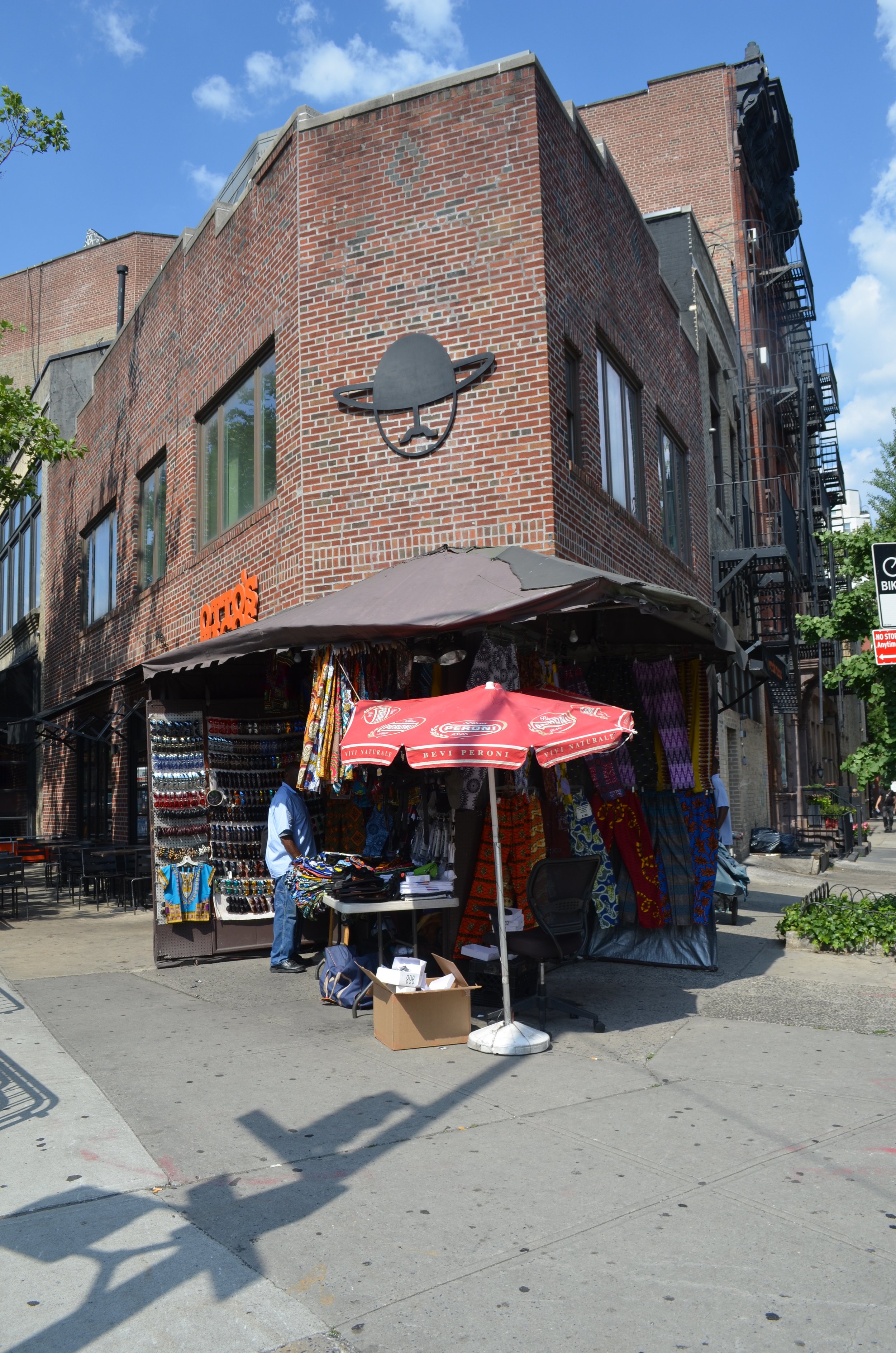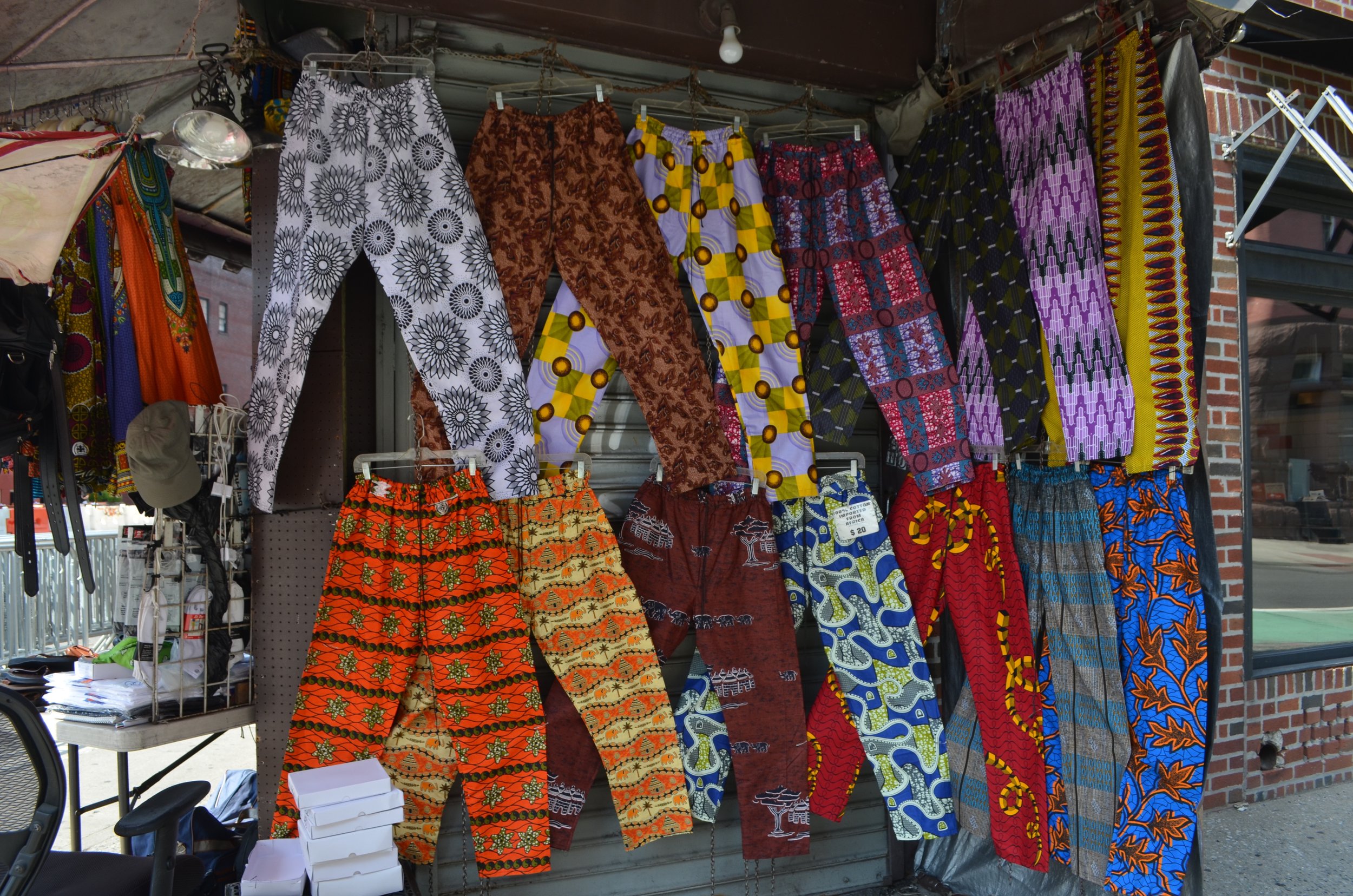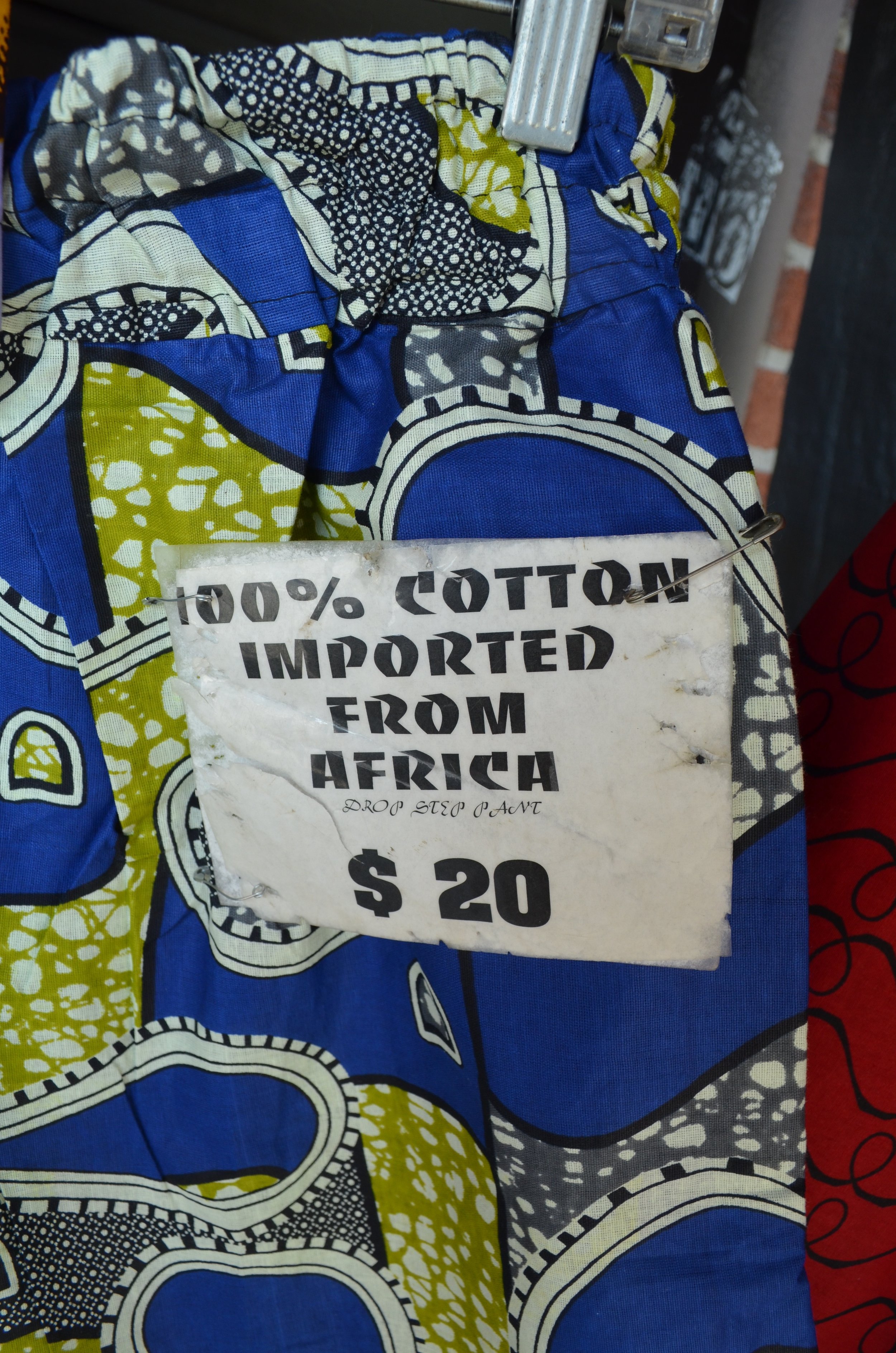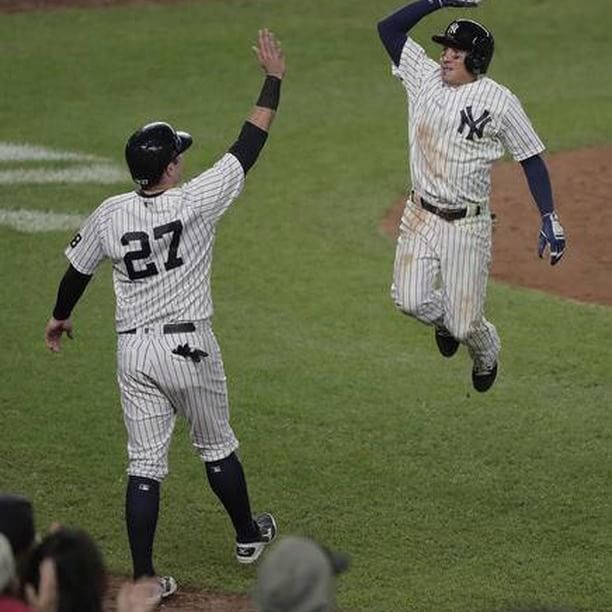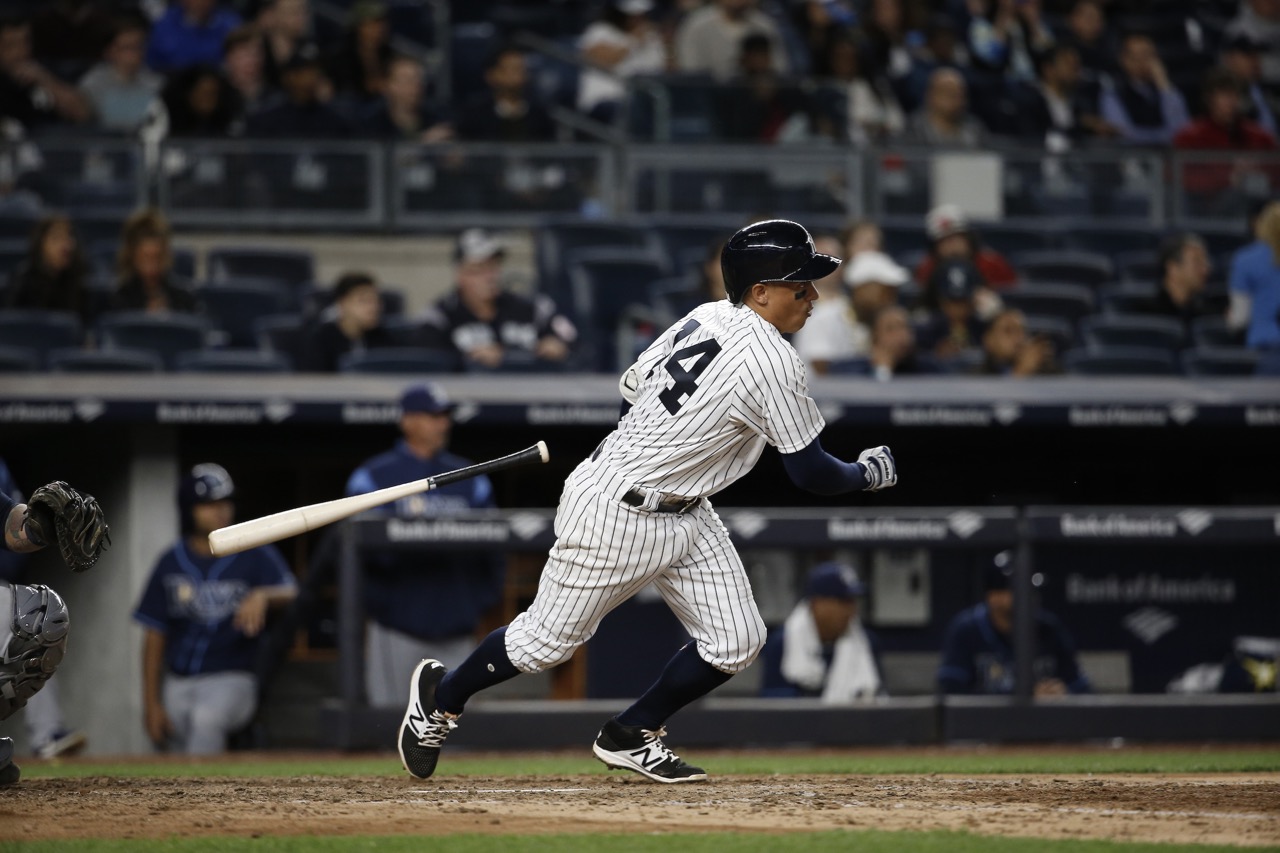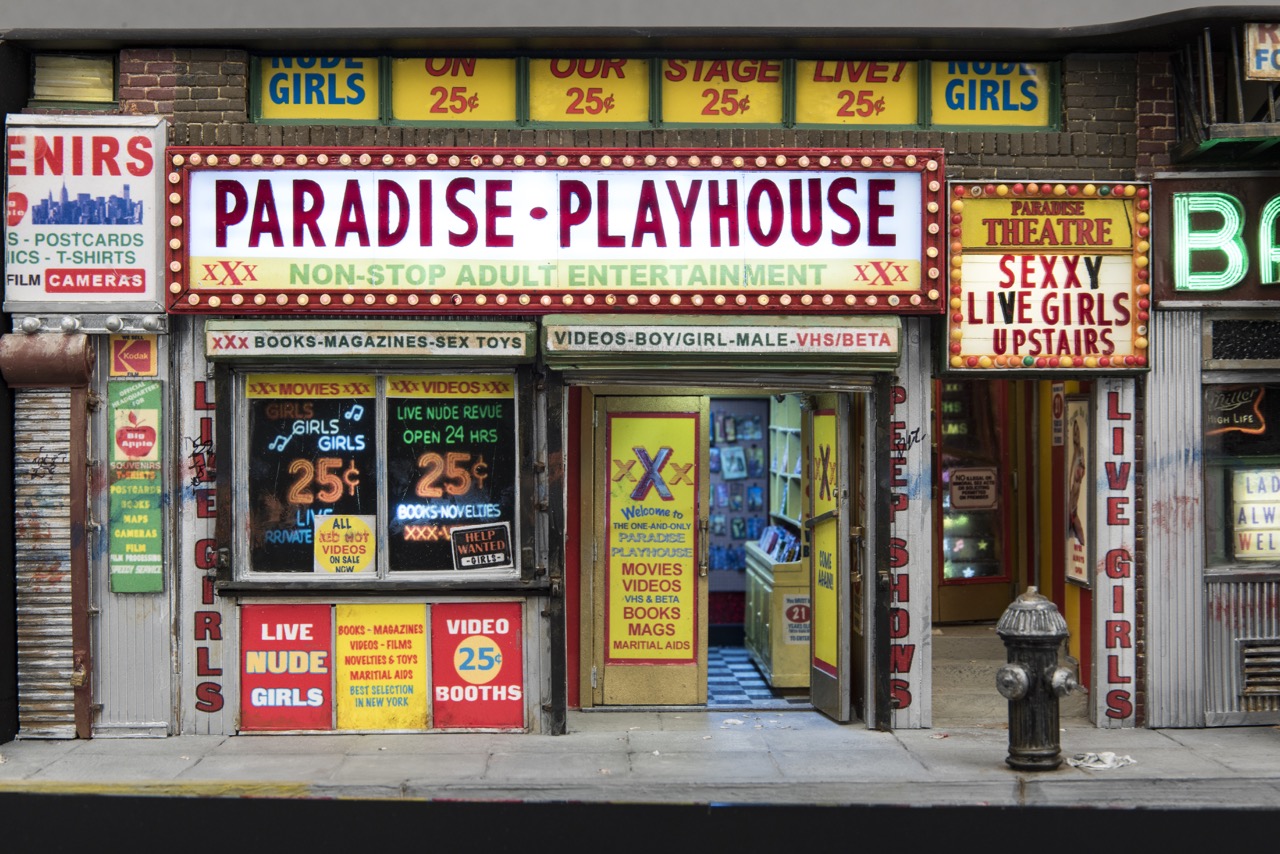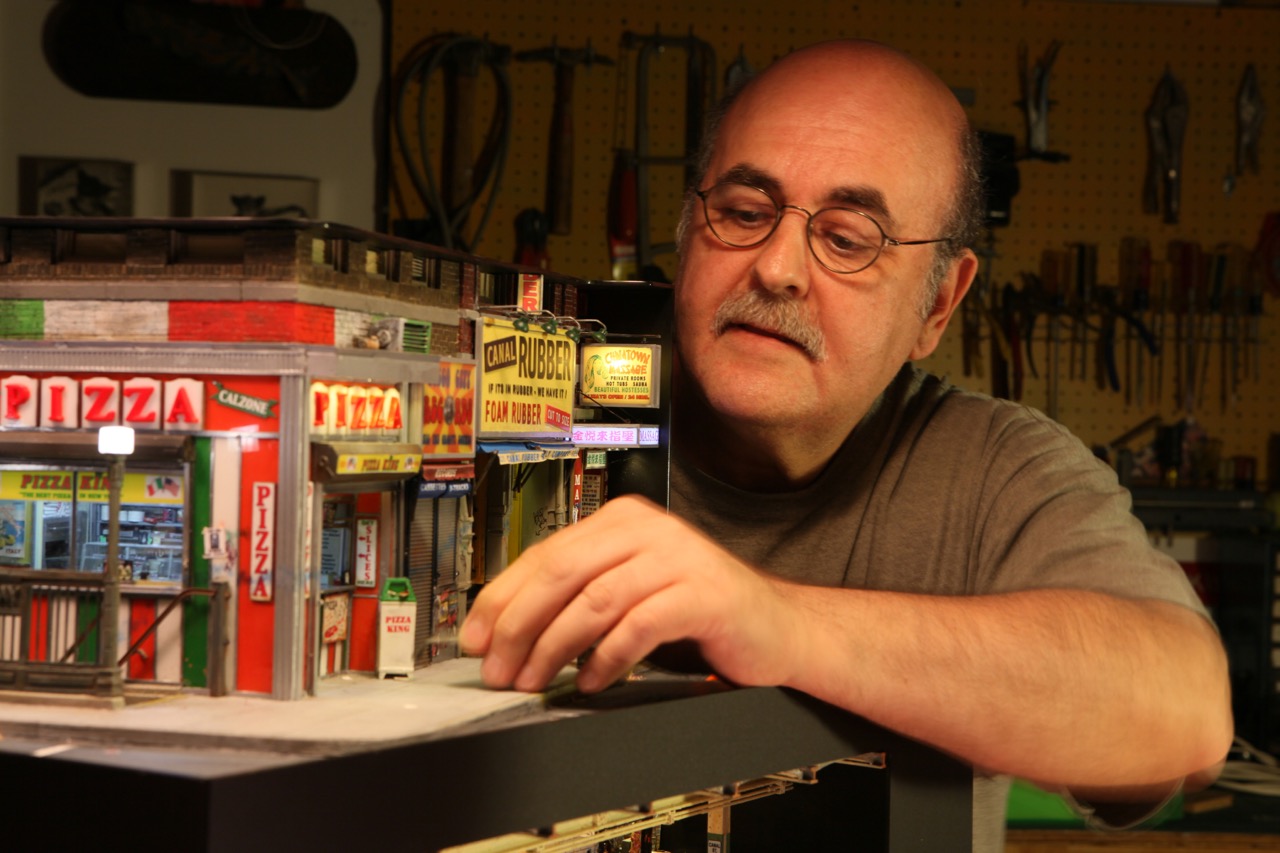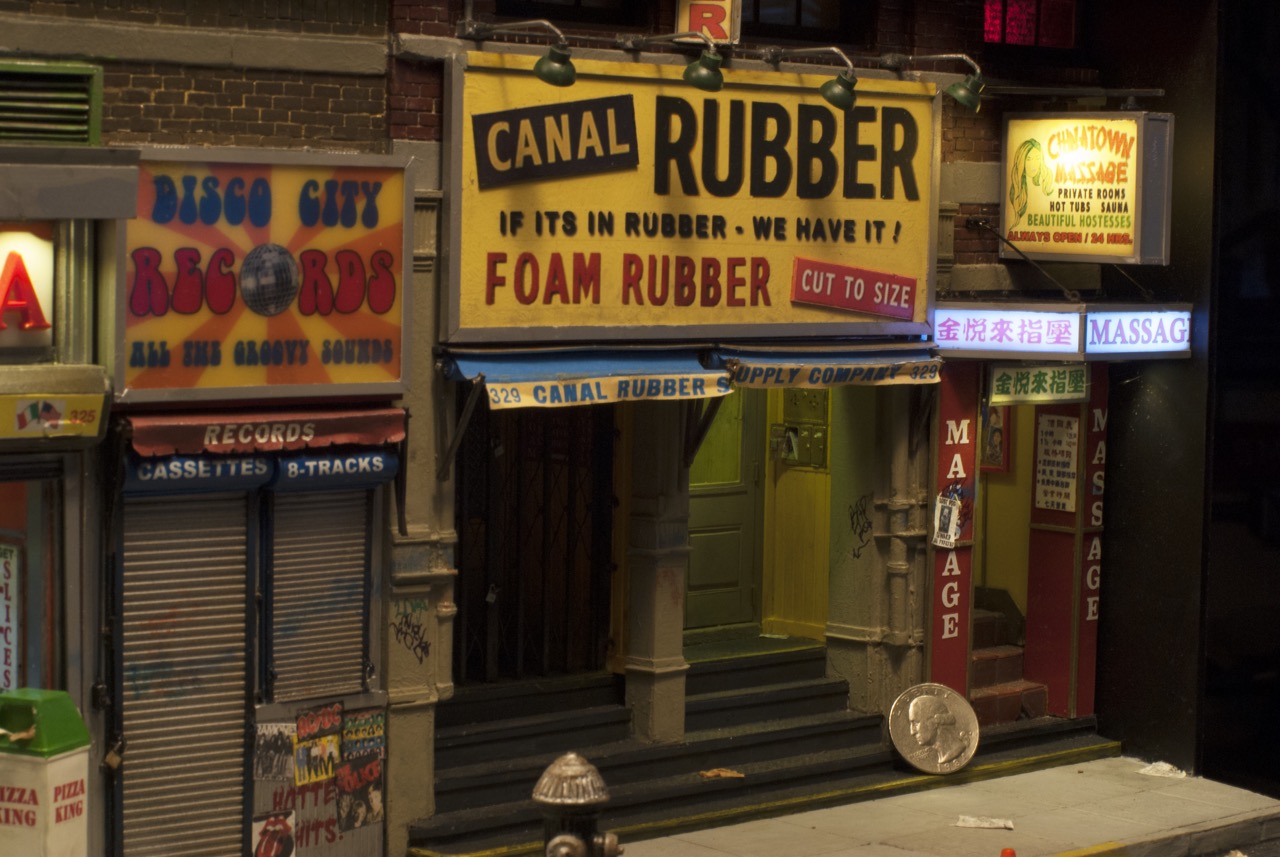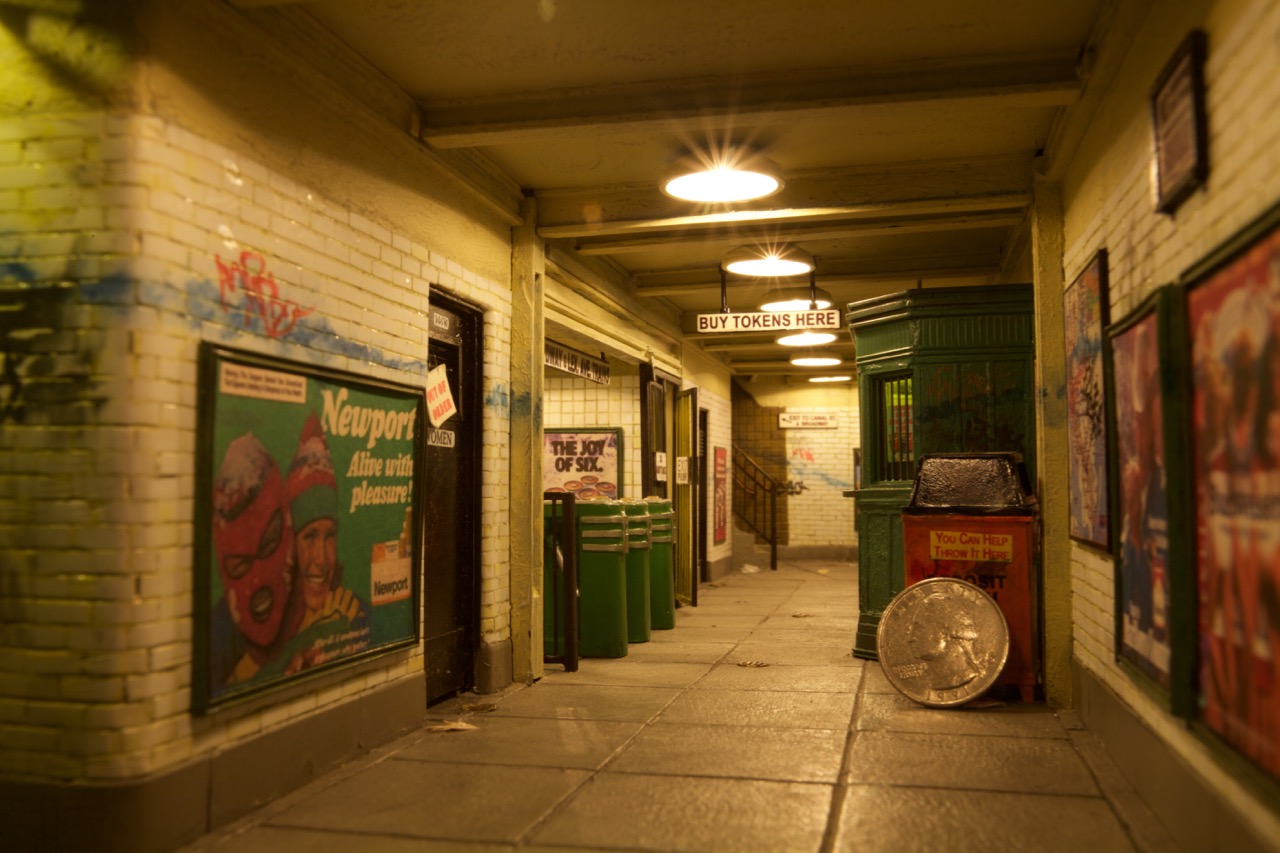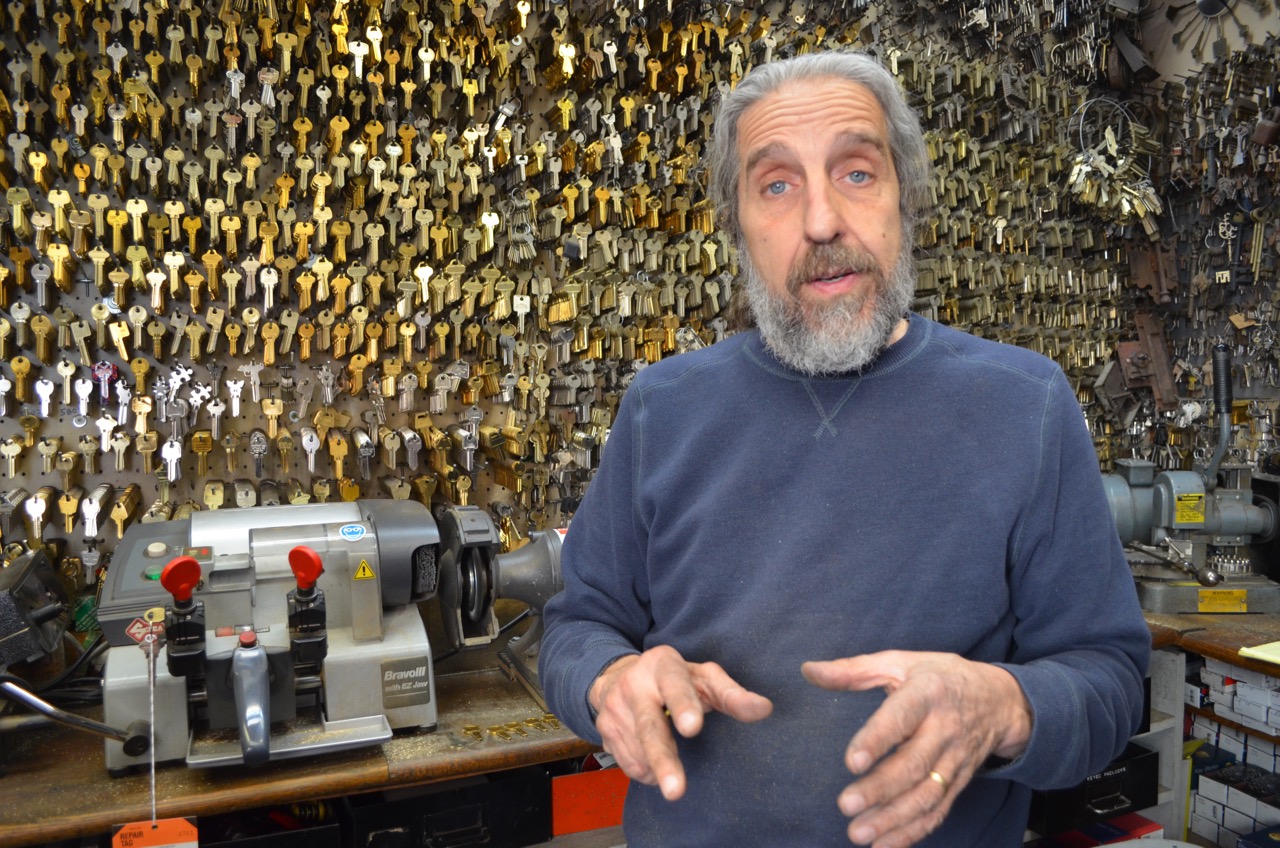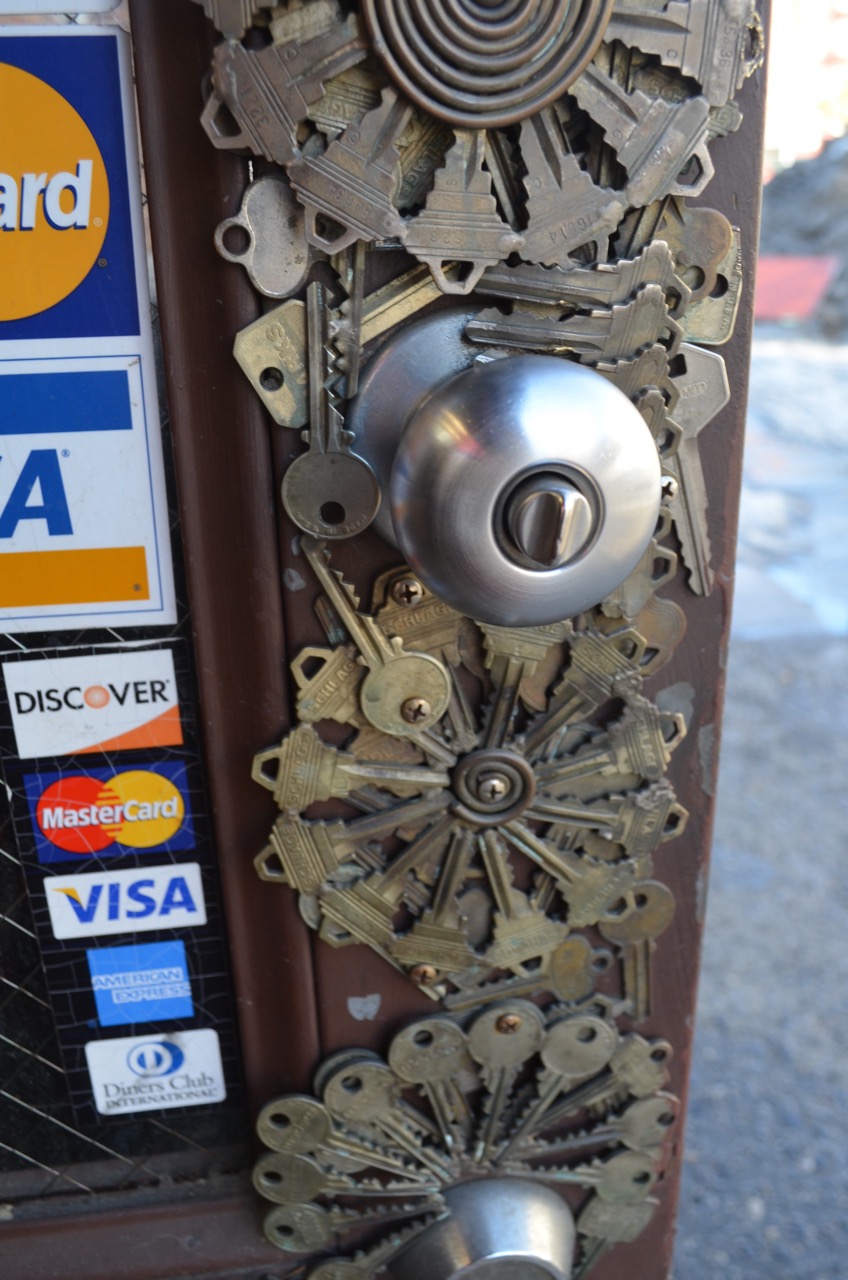25 Square Feet
Balla Triangle // Privately Owned Lot // West Village, Manhattan
The spit of land at the corner of Seventh Avenue South and West 10th Street qualifies as the smallest occupied private lot in the New York City. For almost half his life, a Senegalese immigrant named Balla Niang has been the occupant of this tiny triangle. He sells his colorful African wares there from a stall, rain or shine. He mans the place under an umbrella, in an office chair on wheels.
“I’m fifty-seven, and I’m from Senegal. I’ve been here for twenty-five years selling African stuff, and sunglasses and socks and other little things.
I go home to Senegal, and I bring it all back. It’s all cotton and traditional prints. Everything is designed and made in Senegal. The prints are the same as in Senegal, but we make some of it in Western styles. Short pants and stuff like that.
It’s just me here at the stall. Every day I work. Every day. I love to work because my family taught me that you have to work. Work is good.
The heat? I don't care about that. The cold I don’t like as much. Sometimes I go home to Senegal in the winter to see my family because I have no family here. I go home for sometimes up to three months a year.
And this is why I’m telling you I have the best landlord in the world, Dr. Awan. He is a doctor in Brooklyn. He’s in Bensonhurst. He bought it in the eighties, I think for thirty thousand dollars. This is my best landlord because he lets me go home, come back, and then pay rent. Because some landlords, they don't do that, especially not in New York City. I always pay everything, but sometimes I pay after the rent is due, and he let’s me.
Business is not too bad, in a way. African clothing is popular now. Men and women wear it. Most of it is unisex, so anyone can wear it. The colorful stuff is the most popular.
These pants are twenty dollars. If you want to go home and try them on, and, if it doesn't fit right, bring them back here to me. That's what I do for everybody. I don't have room to try clothes on.
“This place has an actual address. It’s 169 West 10th Street. The space is about five feet by five feet, maybe a little bigger. I do want a bigger place, but later. I have no money for that. I can't afford a big rent right now. If I had money I would move, though, because I’d be able to sell more.”
-Balla Niang


